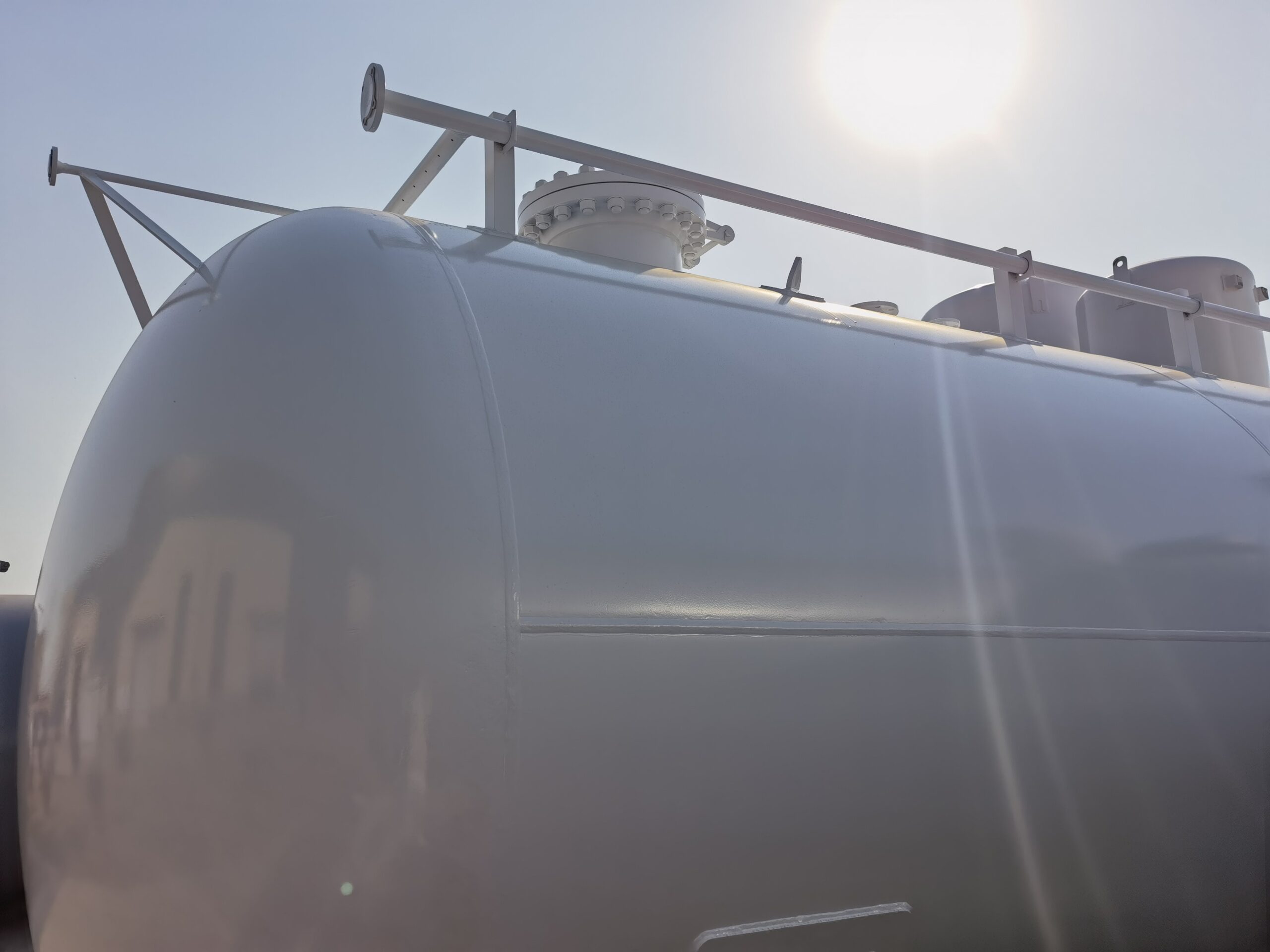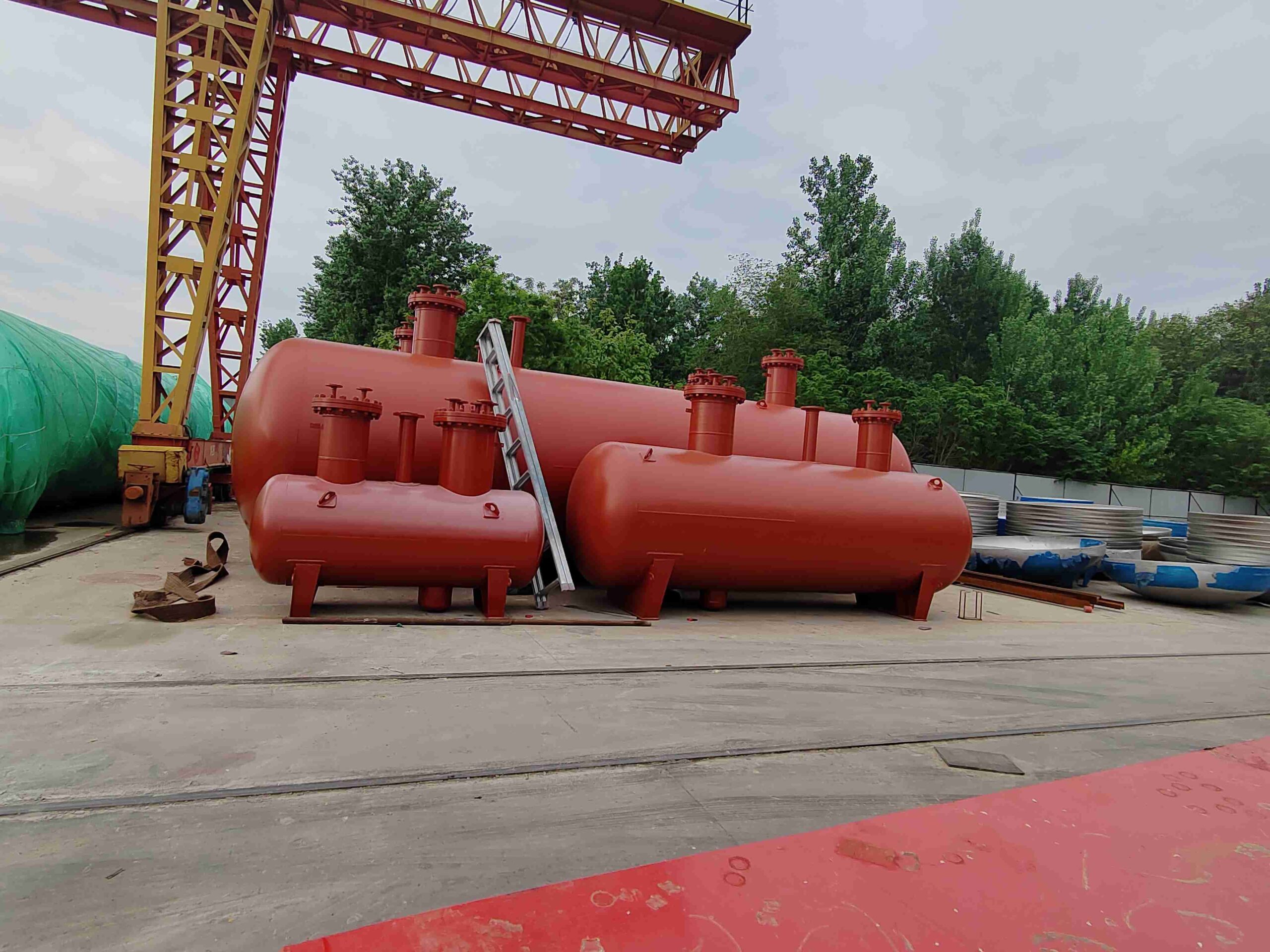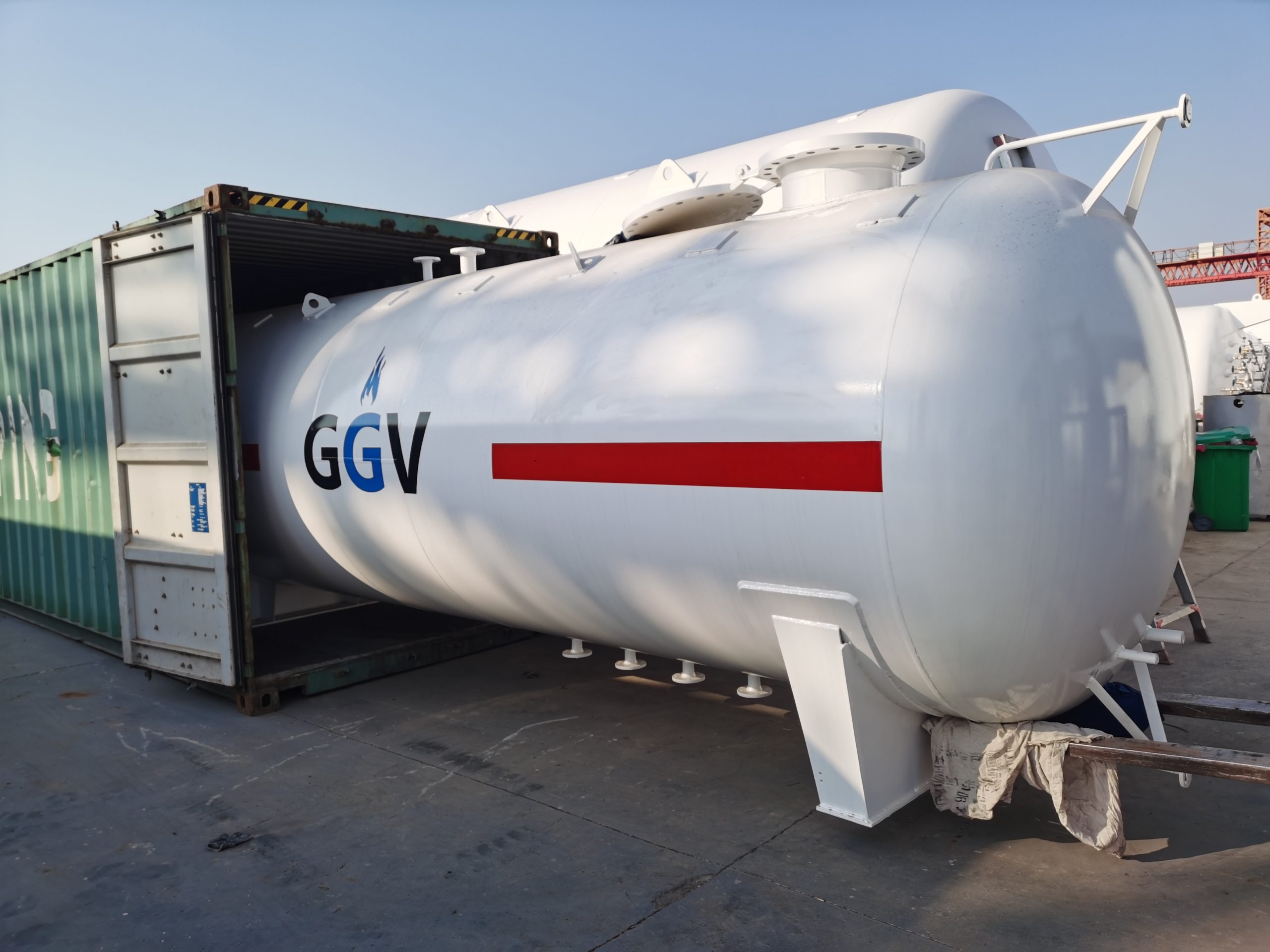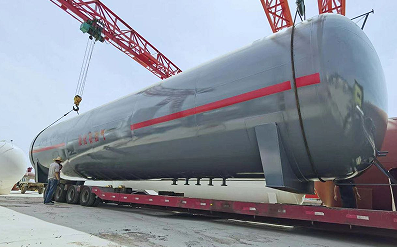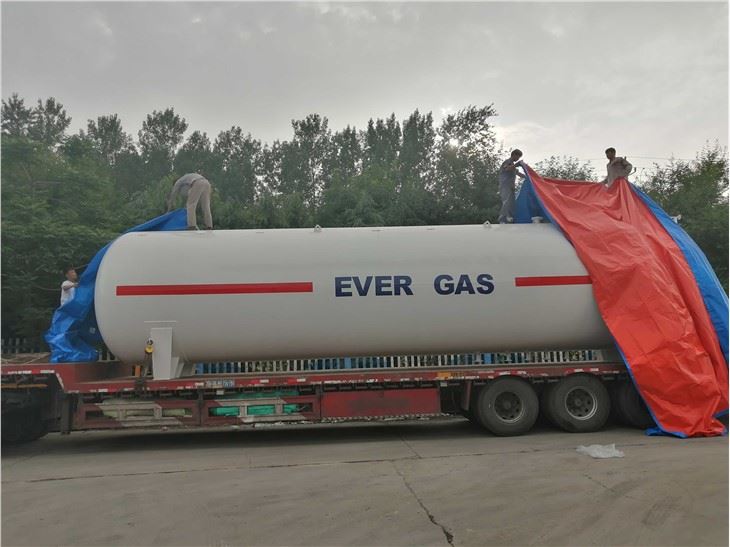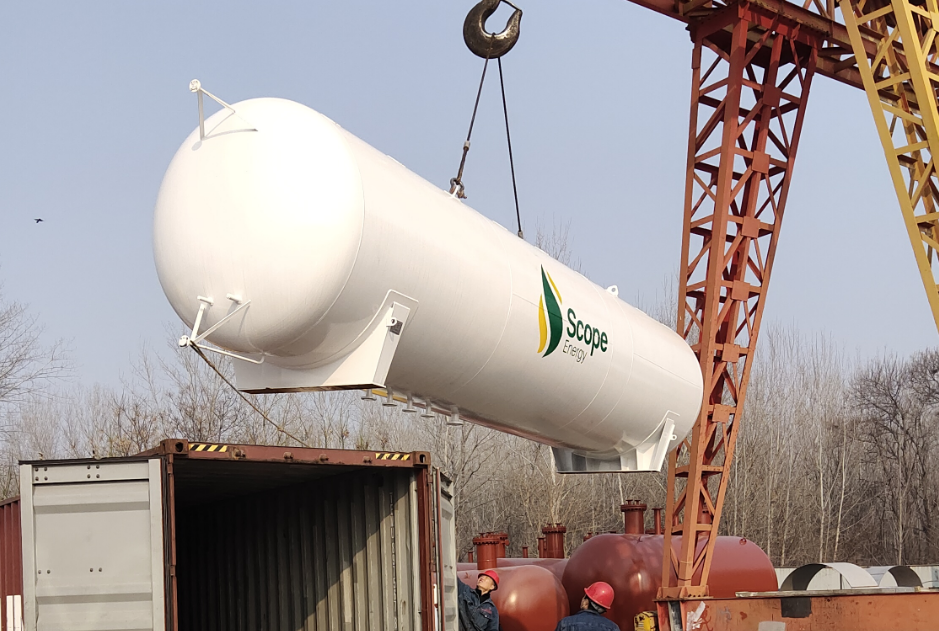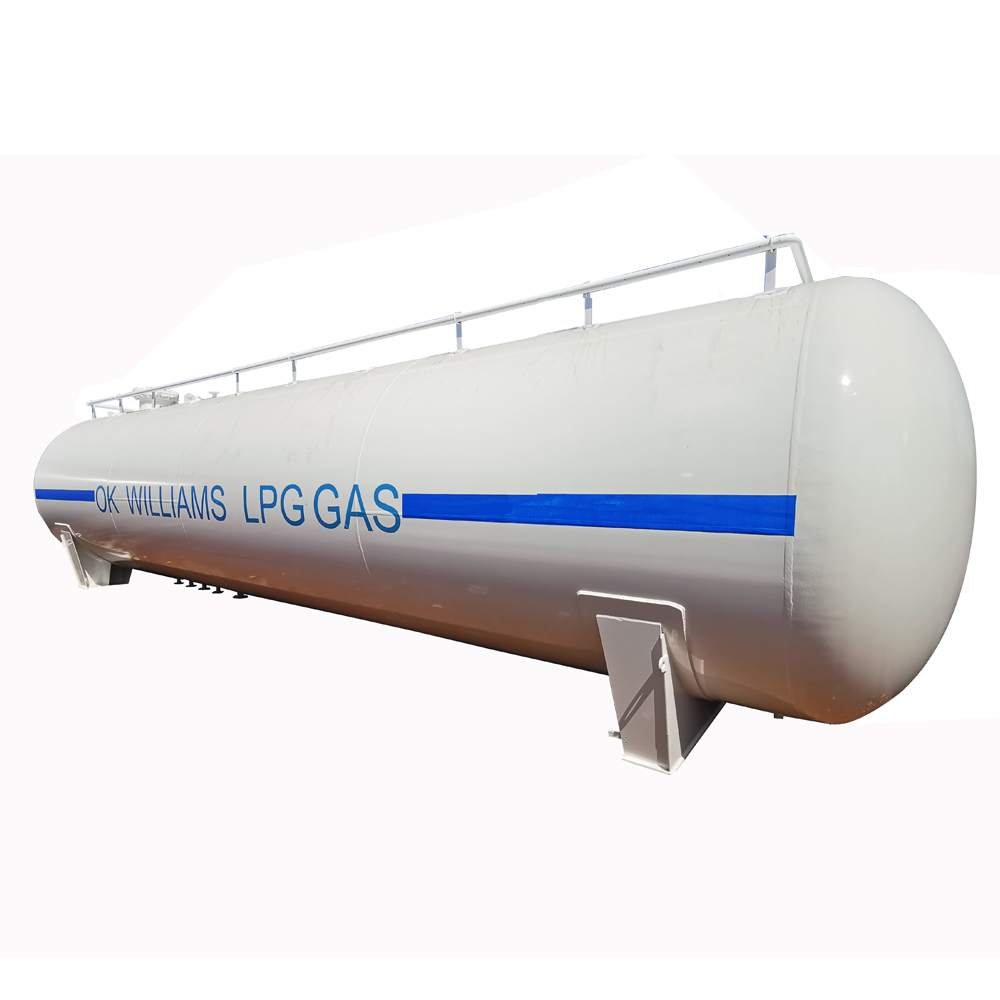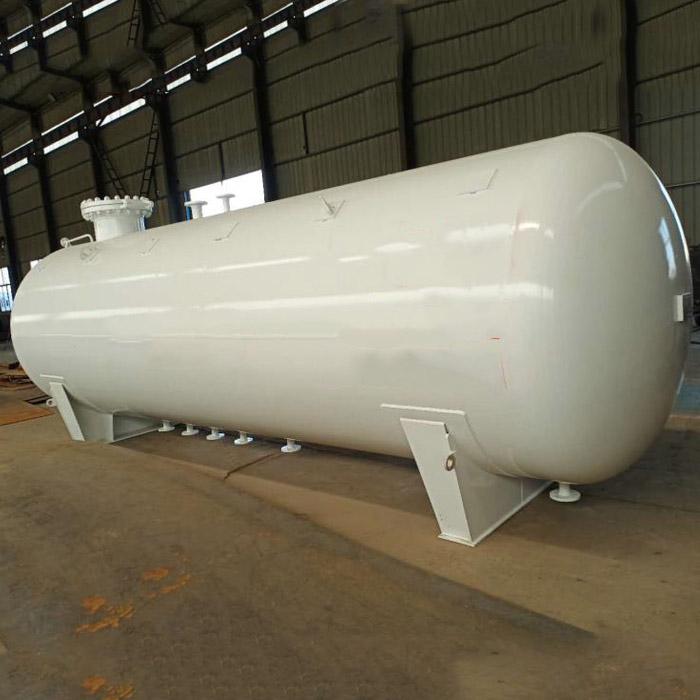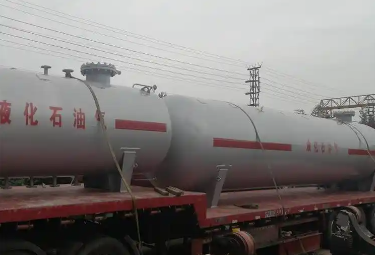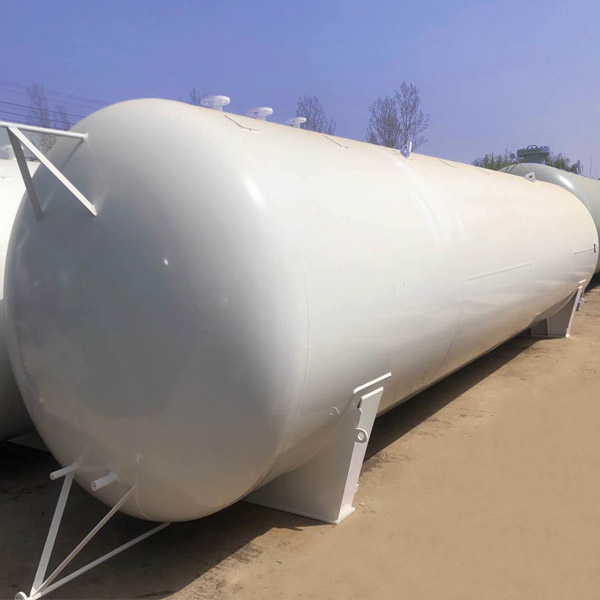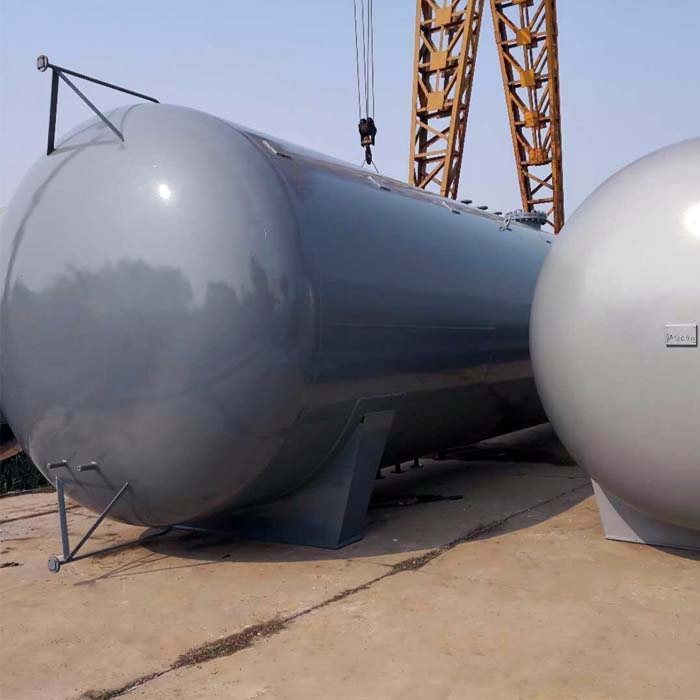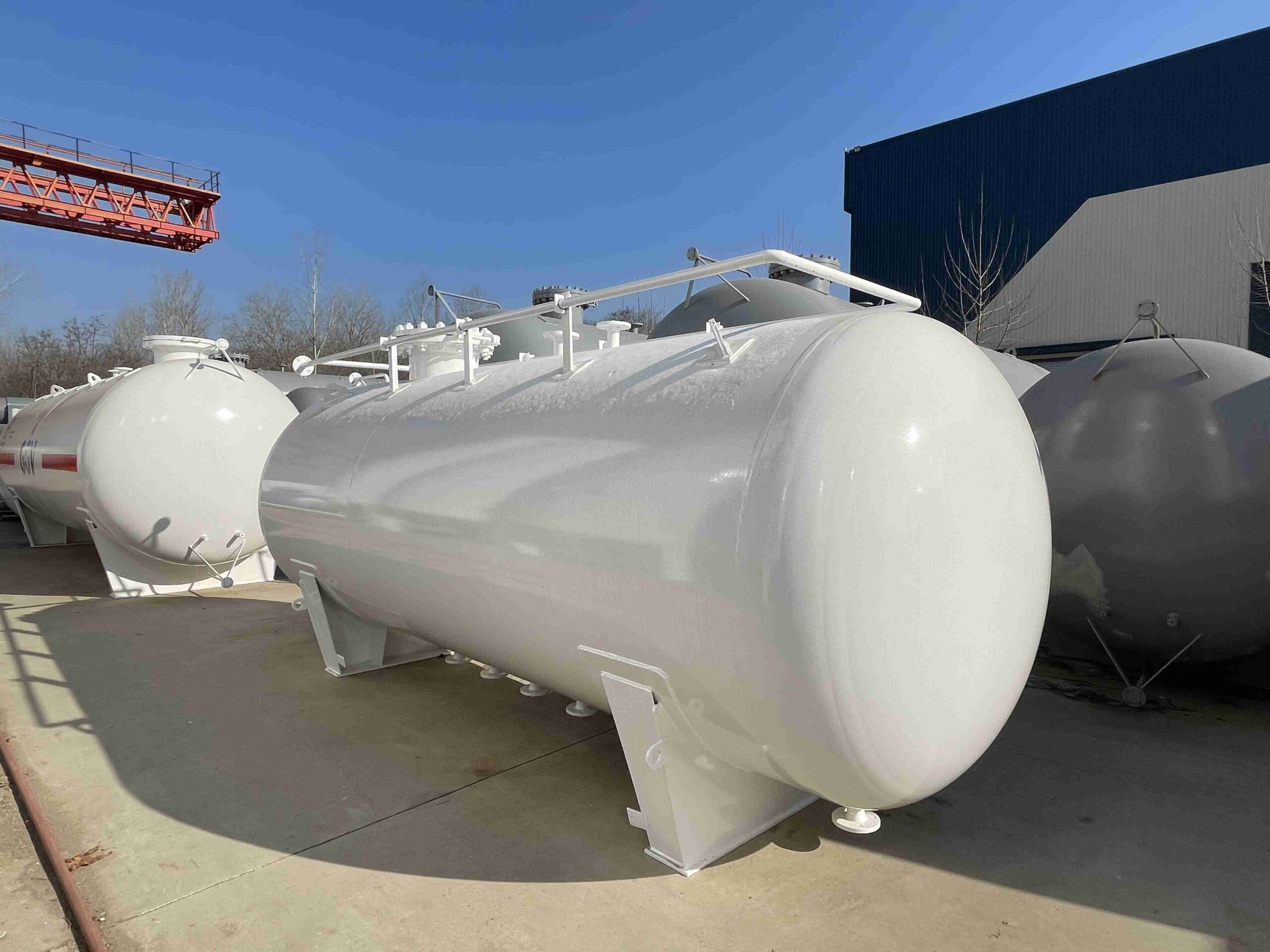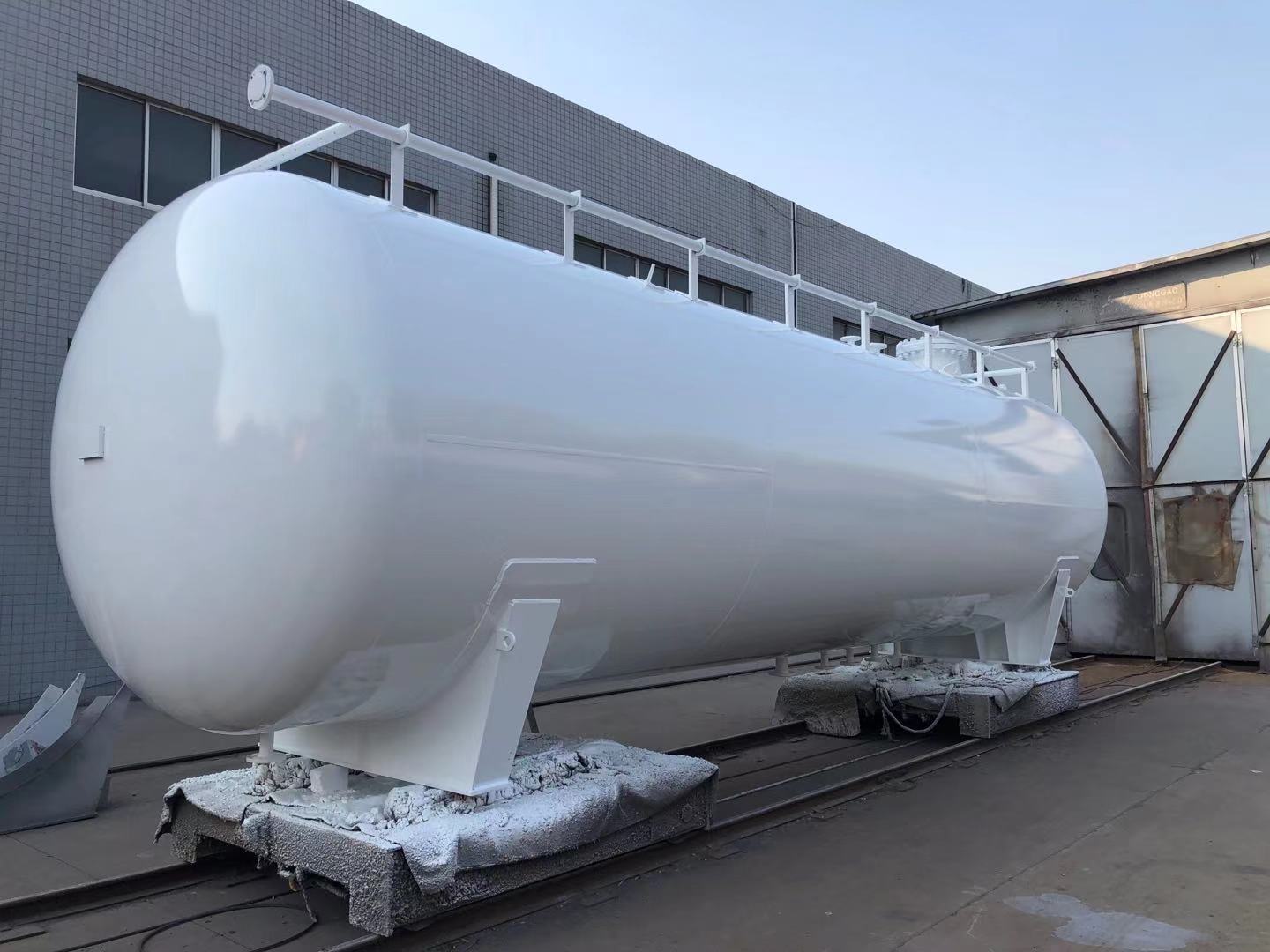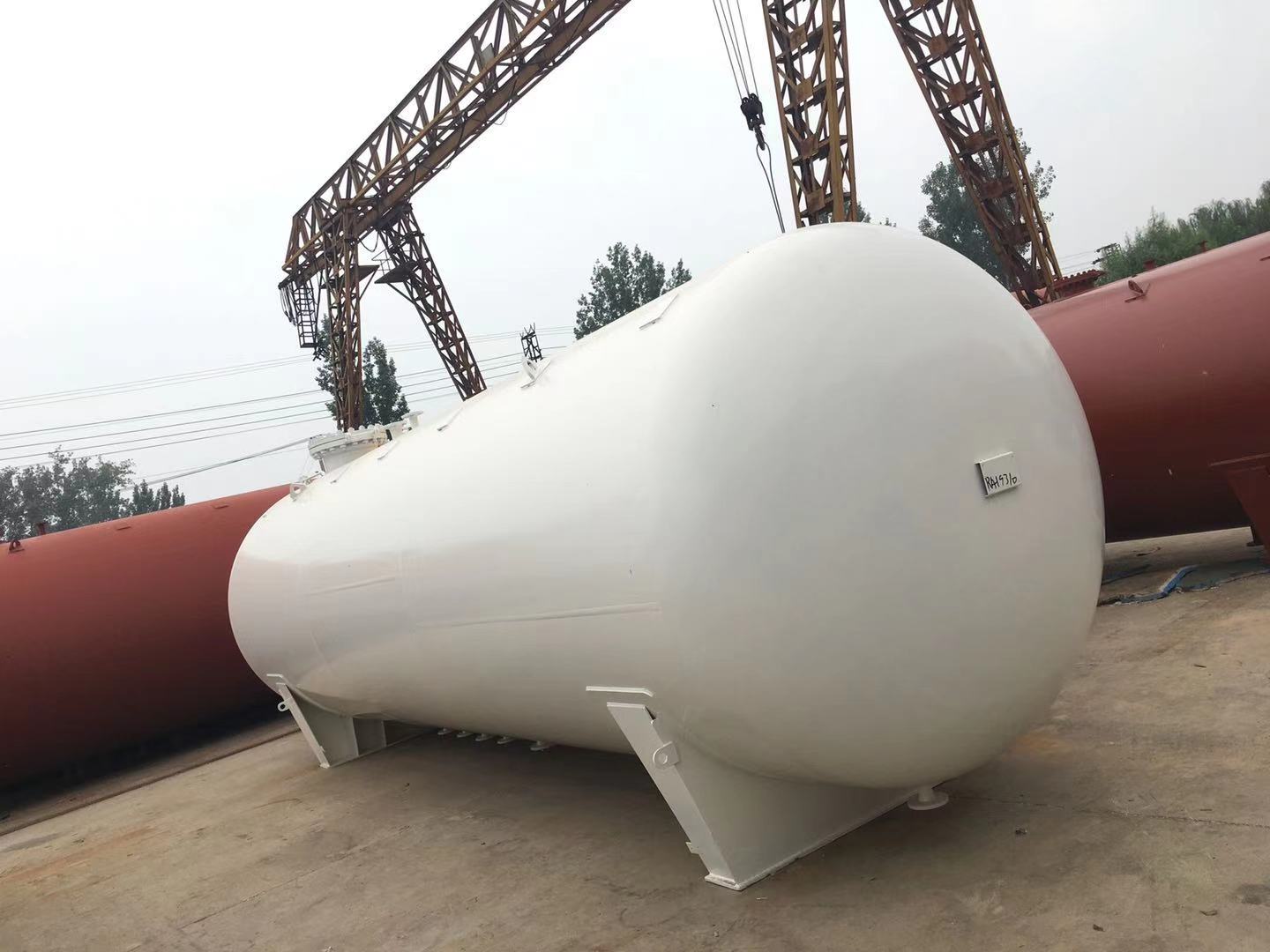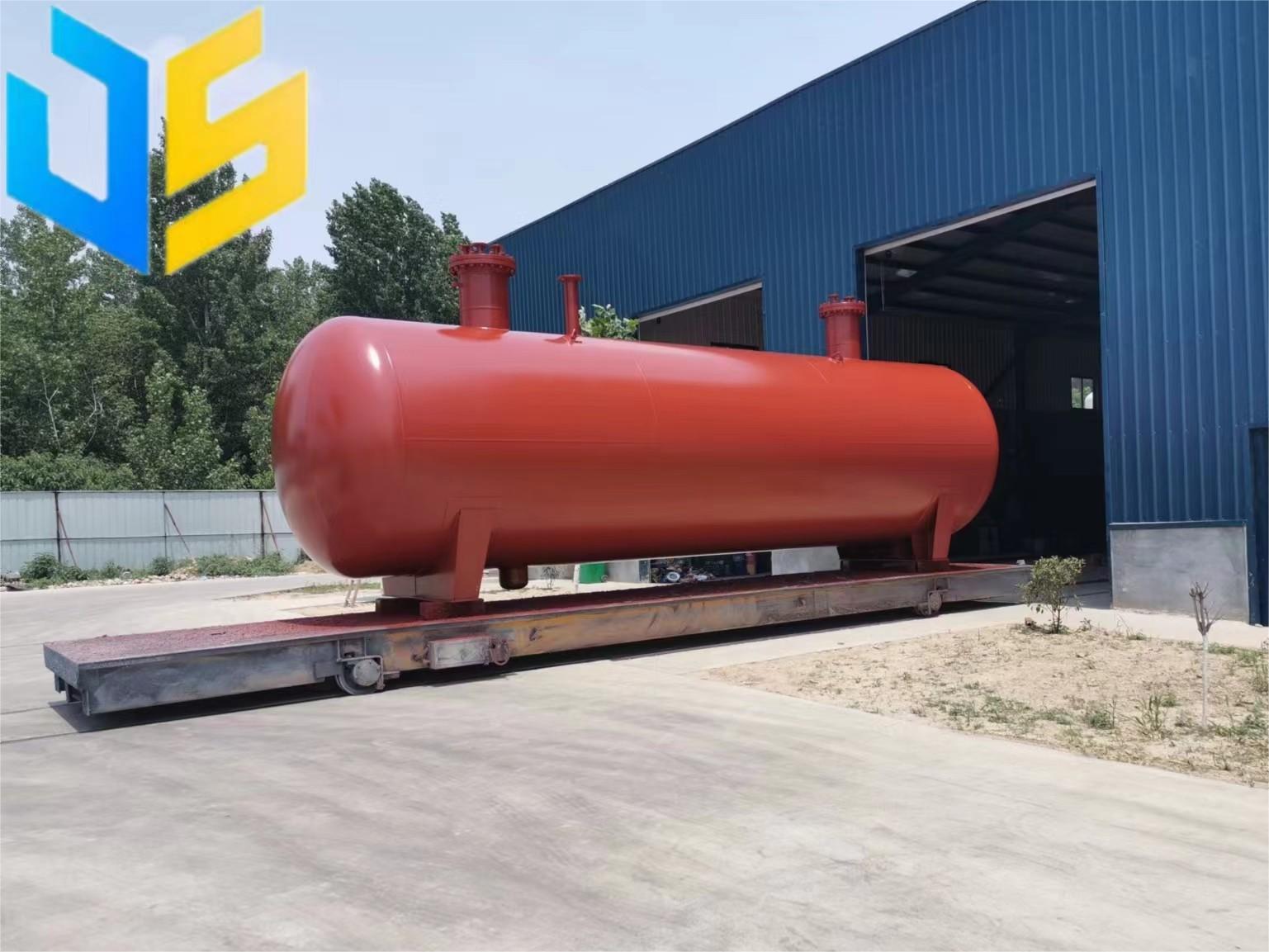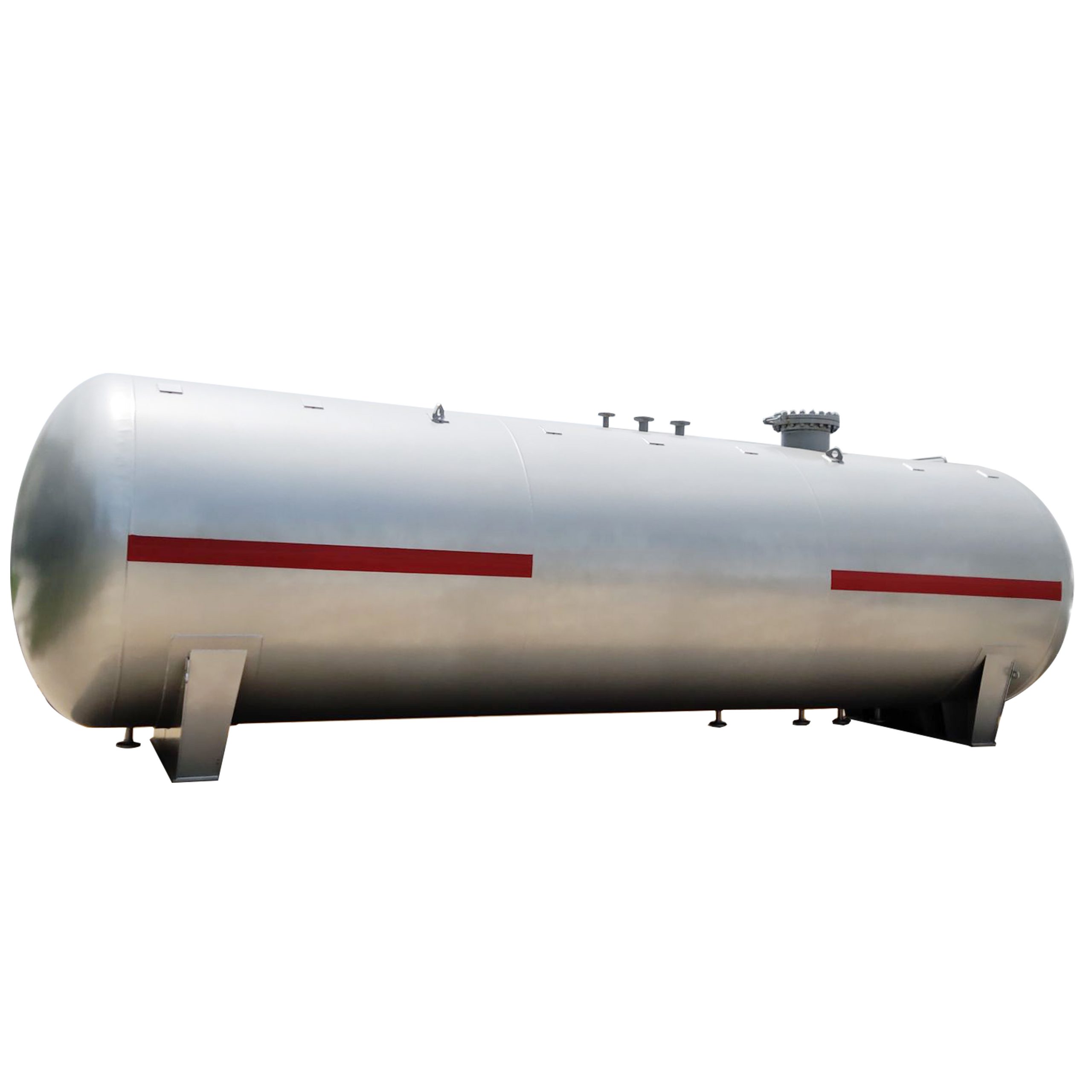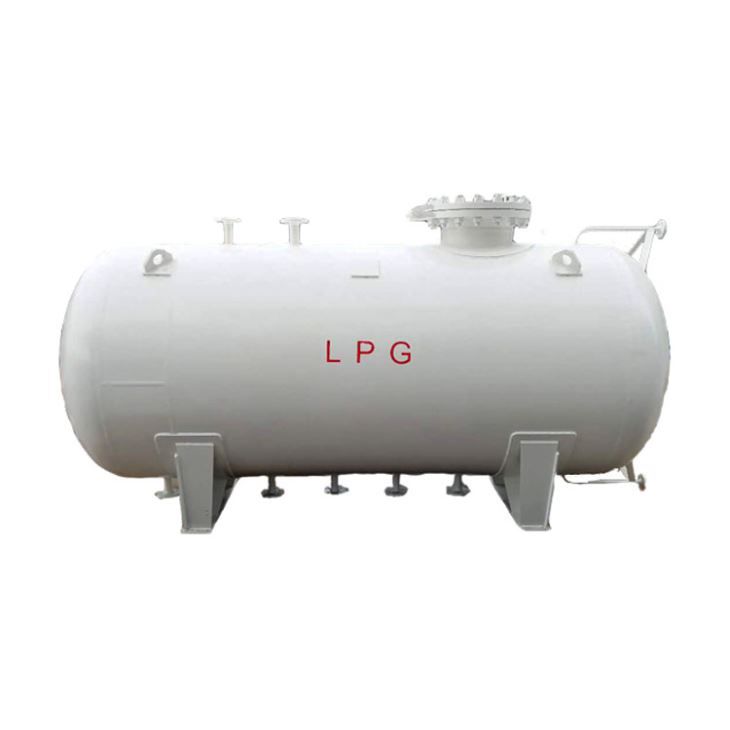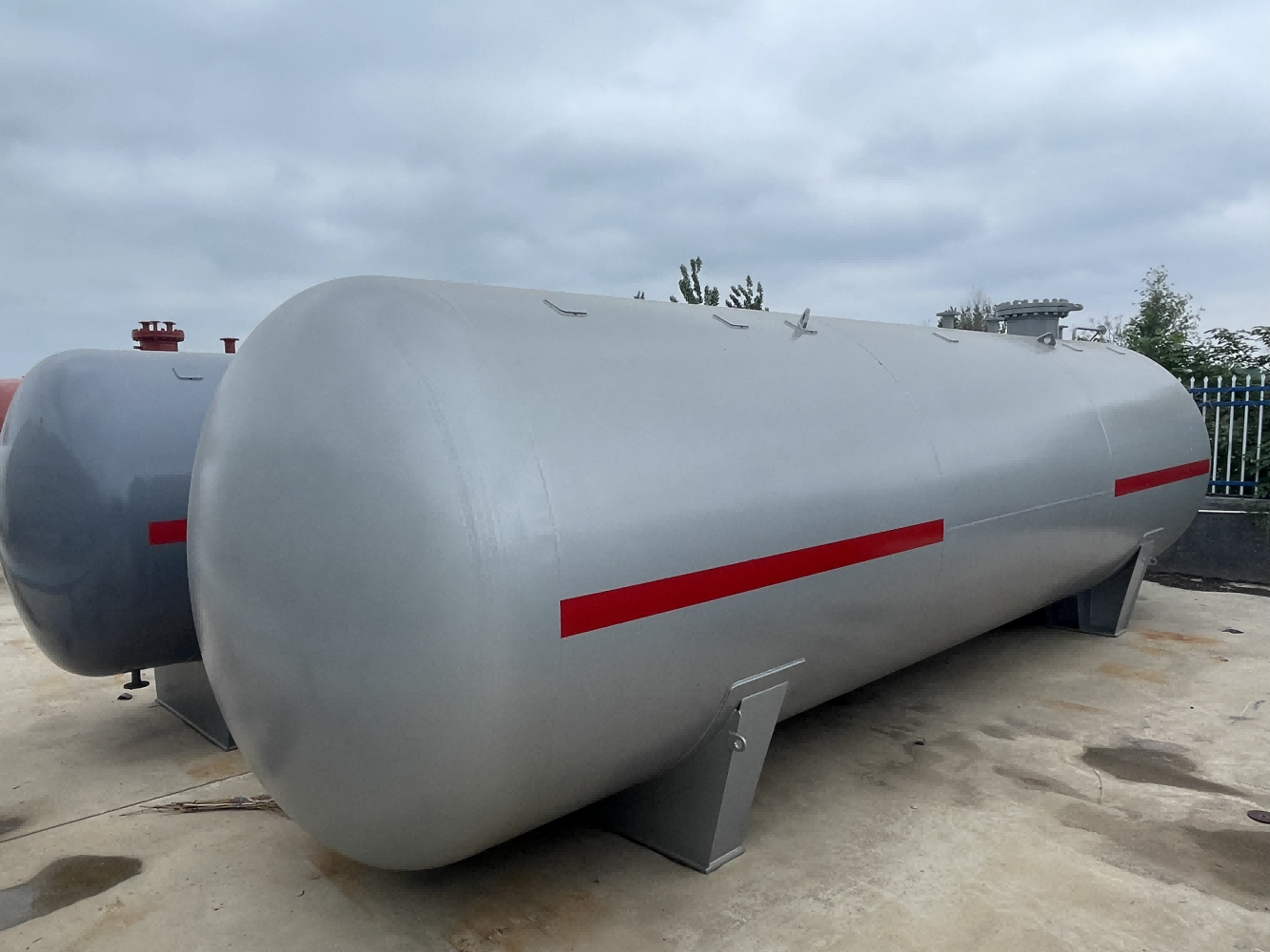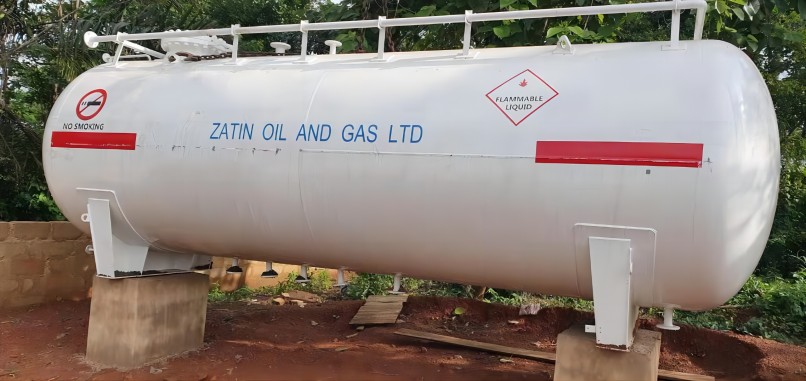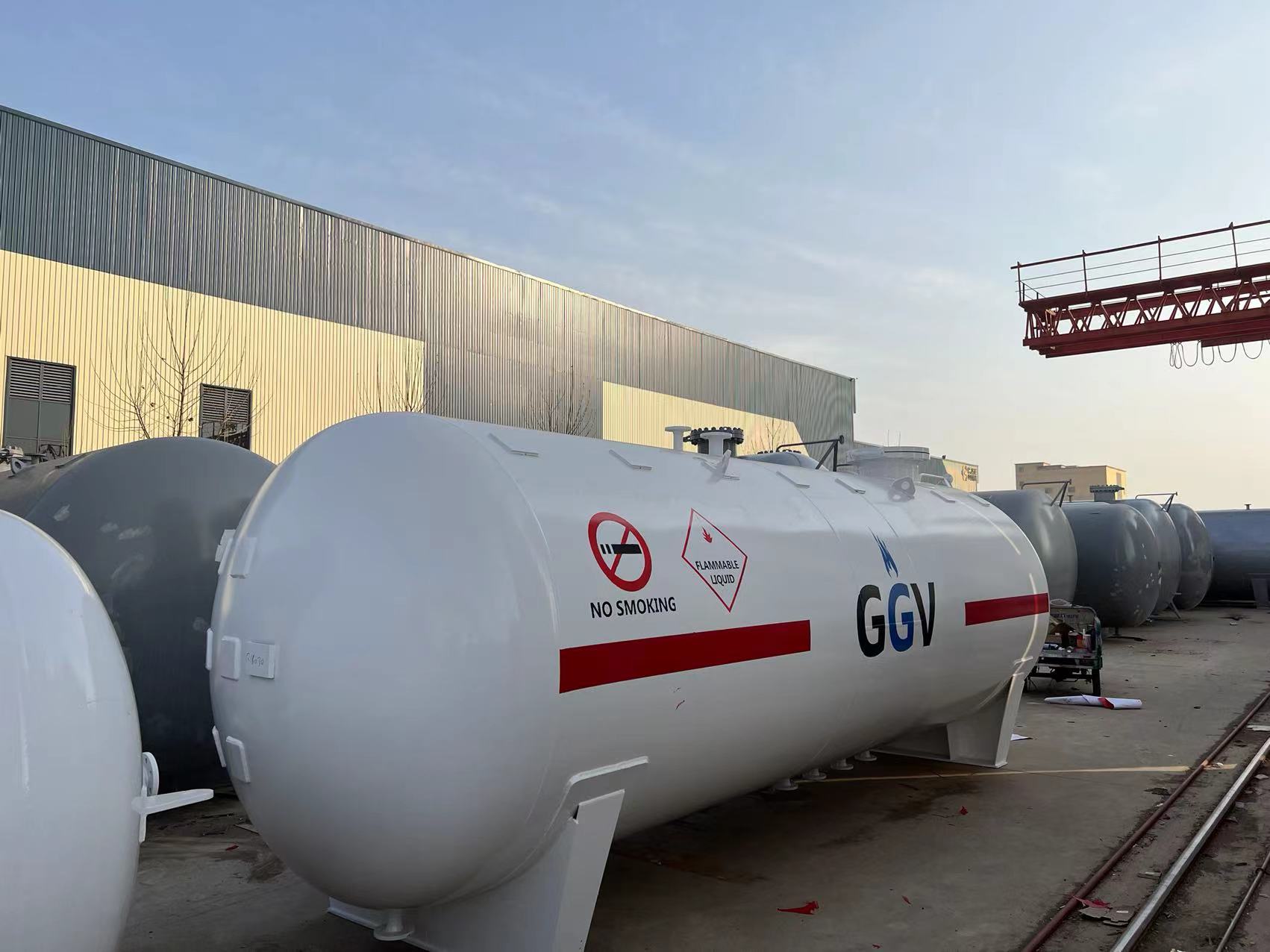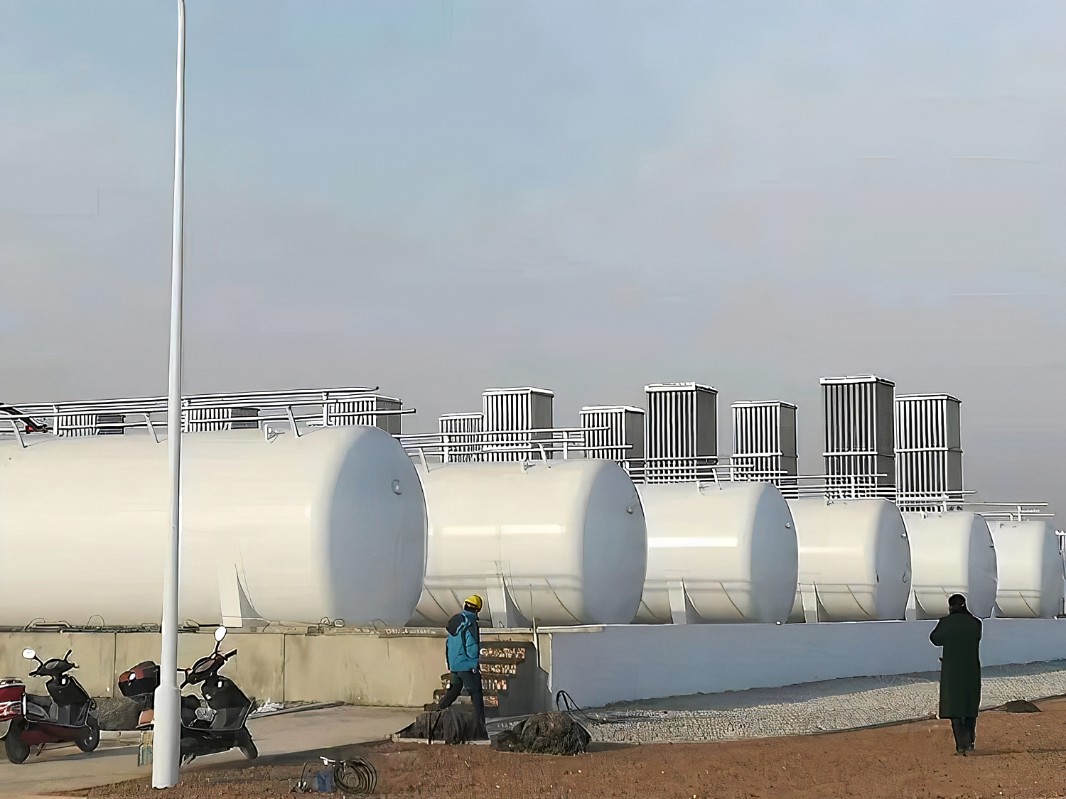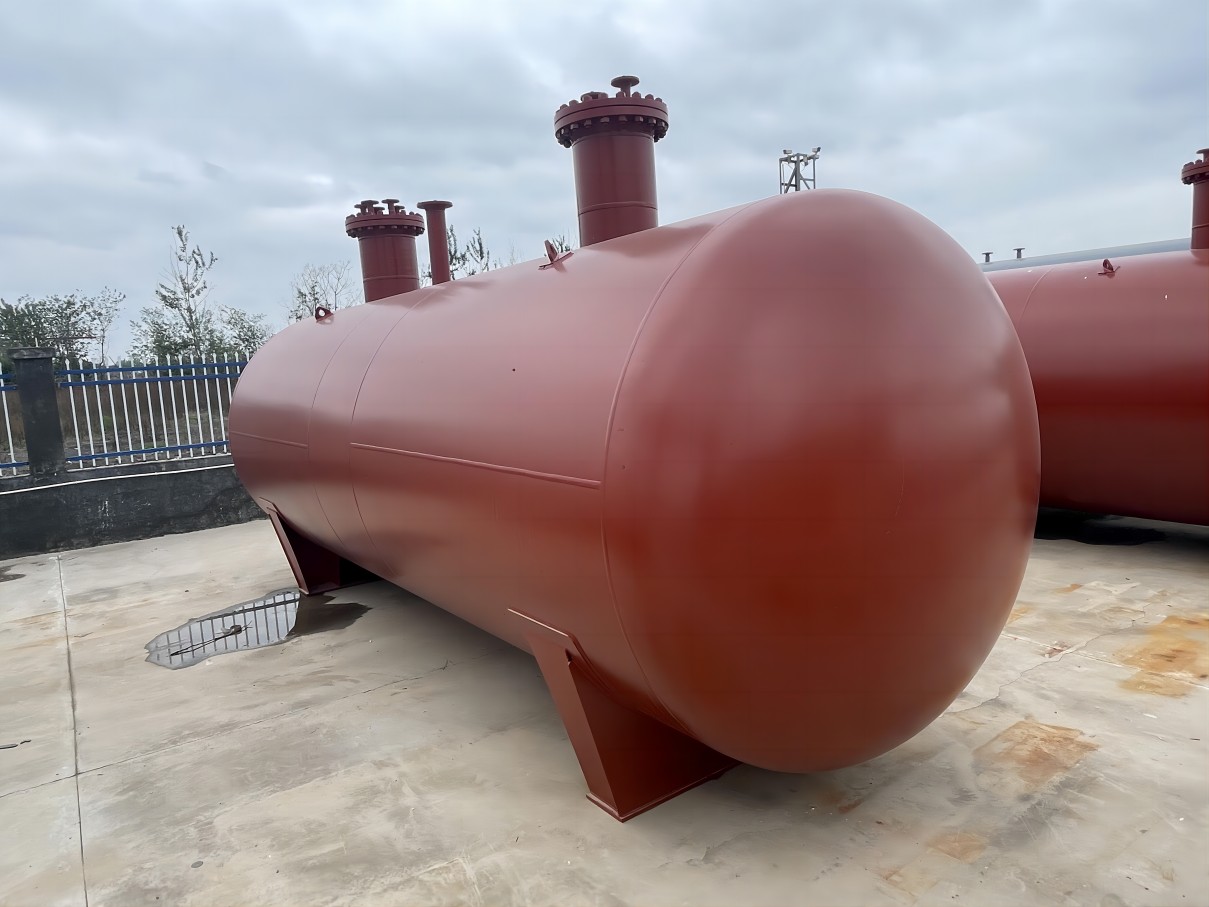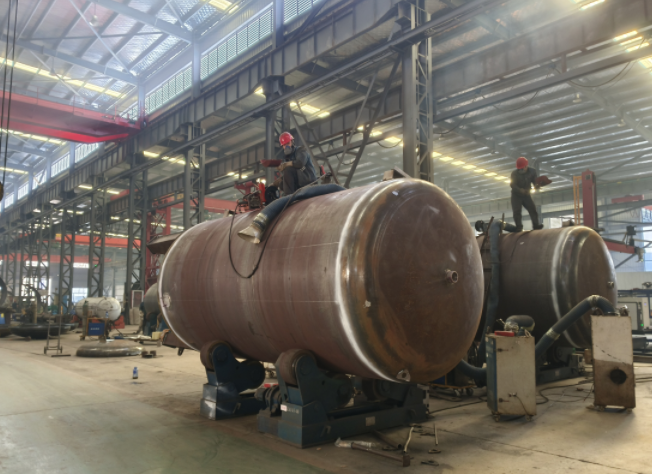The performance parameters of liquefied petroleum gas (LPG) storage tanks
The performance parameters of liquefied petroleum gas (LPG) storage tanks vary depending on tank type, design standards and use. The following are some performance parameters commonly associated with LPG storage tanks:
capacity:
Describes the maximum volume of LPG that the tank can hold.
The unit is usually expressed in cubic meters (m³) or gallons (gallons).
design pressure:
The design working pressure of an LPG storage tank is usually measured in bar (bar) or pascal (Pa).
Design pressure is an important parameter to ensure safe operation.
set tempreture:
The design operating temperature range of the storage tank, usually expressed in degrees Celsius (°C).
The design temperature is related to the properties of the LPG stored in the tank.
Material:
The tanks are made of materials, usually special alloys or carbon steel, to ensure their corrosion resistance and high pressure resistance.
Protective layer:
A protective layer on the surface of the tank, which may include anti-corrosion coatings or insulation materials to increase durability and safety.
Safety valve:
The rated parameters of the safety valve ensure that excessive pressure can be released in the event of abnormal conditions to prevent the tank from rupturing or exploding.
Connectors and accessories:
Describe the connections and accessories on the tank, such as air inlets, exhaust ports, inspection holes, etc.
These accessories are typically designed to facilitate tank inspection, maintenance, and operation.
Shock resistance:
The seismic design parameters of the storage tank ensure that the storage tank is safe and stable when an earthquake occurs.
Operating pressure and temperature range:
The normal operating working pressure and temperature range of the storage tank.
Regulatory Compliance:
Whether the design and manufacturing of storage tanks comply with relevant regulations and standards, such as national and regional safety regulations, API standards, etc.
These parameters may vary depending on the tank’s purpose (e.g., storage, transportation) and geographic location. When designing and operating LPG storage tanks, it is critical to follow applicable safety standards and regulations.

